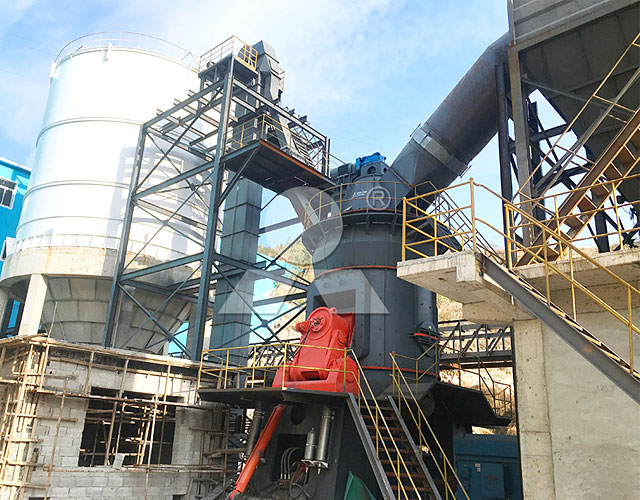The cement industry plays a pivotal role in global infrastructure development, providing the essential building material for construction projects worldwide. Cement production is energy-intensive and contributes significantly to greenhouse gas emissions. As environmental concerns mount, the industry faces increasing pressure to adopt sustainable practices and reduce its carbon footprint. One crucial technological advancement in the cement industry that addresses these challenges is the vertical roller mill (VRM).

Introduction to Vertical Roller Mill
The vertical roller mill is a cutting-edge grinding technology that has gained widespread adoption in the cement industry. Developed in the early 20th century, it has evolved over time to become a versatile and efficient grinding solution. VRMs are now a cornerstone in modern cement plants, replacing traditional ball mills and contributing to more sustainable and energy-efficient cement production.
Key Components and Working Principles
A typical VRM consists of several key components, including a grinding table, grinding rollers, a classifier, and a fan. The working principle of a VRM is relatively simple. Material is fed into the mill from the top, and it is ground between the rotating grinding table and the grinding rollers. The material is then classified by the classifier, and the fine product is extracted, while coarse material returns for further grinding. This continuous grinding process ensures efficient particle size reduction.
Advantages of Vertical Roller Mills
- Energy Efficiency: VRMs are renowned for their high energy efficiency compared to traditional ball mills. The design and operating principles of VRMs result in lower energy consumption per ton of cement produced. This translates to reduced operational costs and a smaller carbon footprint.
- Improved Grinding Efficiency: The vertical roller mill’s design allows for efficient grinding and drying of materials simultaneously. This feature minimizes the need for additional equipment, such as separate drying units, which can be expensive and energy-intensive.
- Enhanced Control: VRMs offer better control over the grinding process. Operators can easily adjust parameters like grinding pressure, table speed, and airflow, optimizing the mill’s performance to produce the desired cement quality.
- Reduced Maintenance: Vertical roller mills have fewer moving parts compared to traditional ball mills, which leads to reduced maintenance requirements. This results in less downtime and lower maintenance costs.
- Lower Noise Levels: VRMs are generally quieter during operation compared to traditional mills, creating a better working environment for plant personnel.
Environmental Benefits
The adoption of vertical roller mills aligns with the cement industry’s efforts to reduce its environmental impact. By improving energy efficiency and reducing CO2 emissions, VRMs contribute significantly to sustainable cement production. Moreover, their reduced maintenance requirements and longer lifespan further enhance their environmental credentials.
Vertical roller mills have revolutionized the cement industry by offering improved energy efficiency, high-quality cement production, and a compact design. Their adoption has been on the rise due to the environmental benefits and economic advantages they provide. However, it’s essential for cement manufacturers to carefully evaluate their specific needs and consider factors such as material type, plant layout, and maintenance requirements when deciding to implement VRMs in their operations. Overall, VRMs have played a pivotal role in advancing the cement industry towards more sustainable and efficient production practices.

Contact us Now to find out what we can do for you next project !